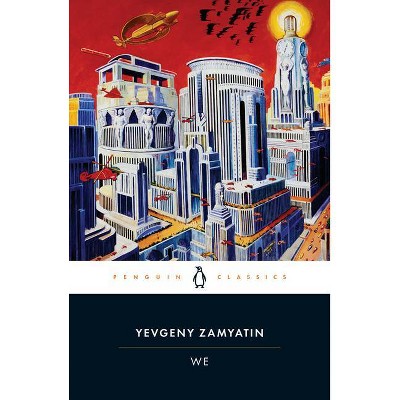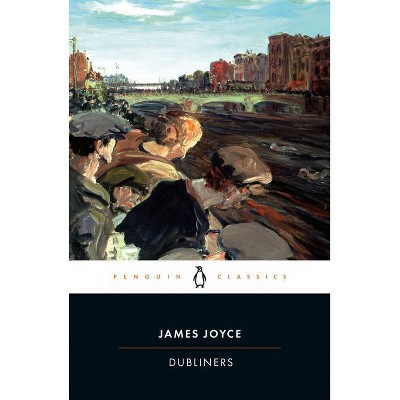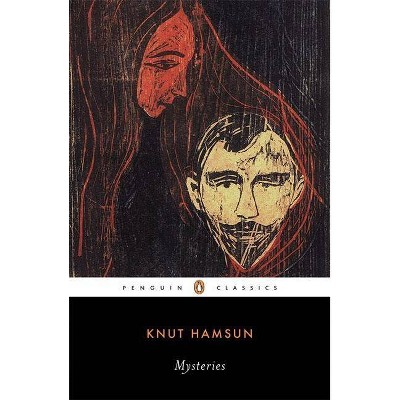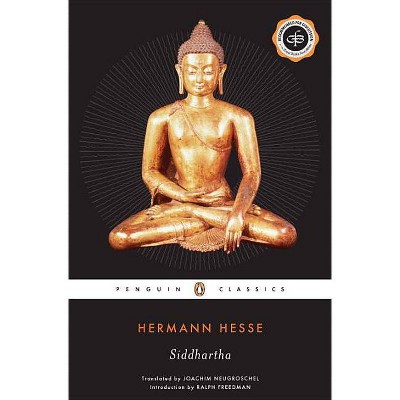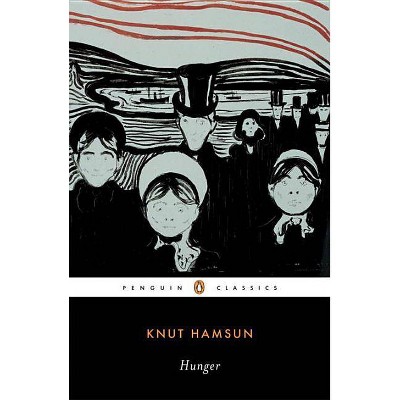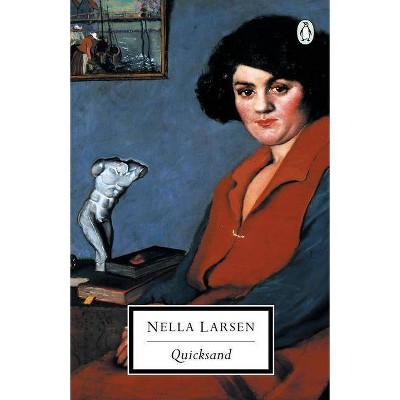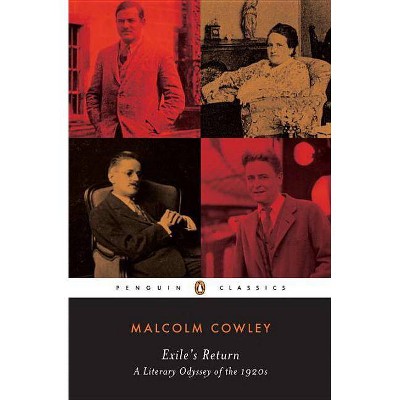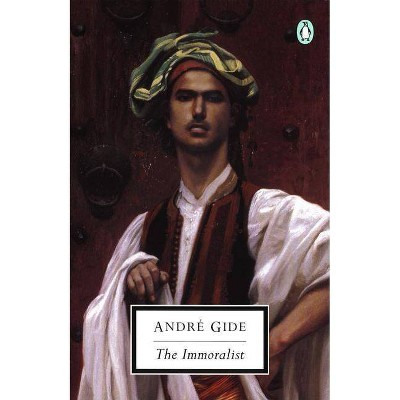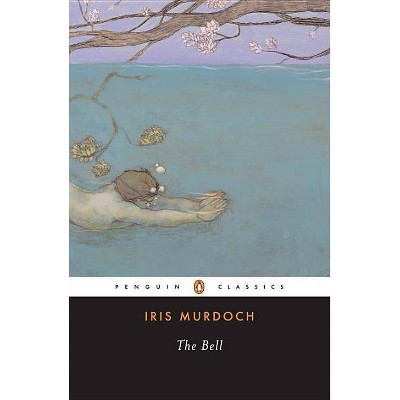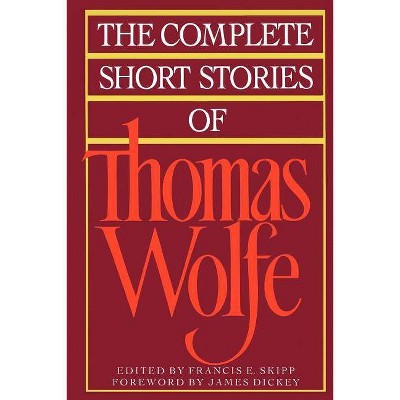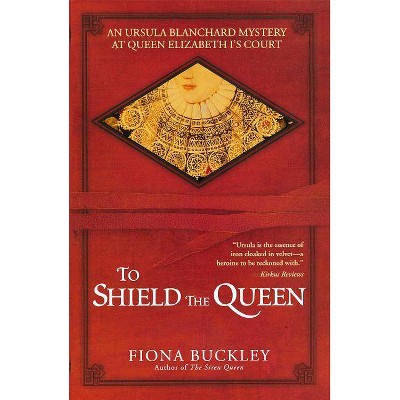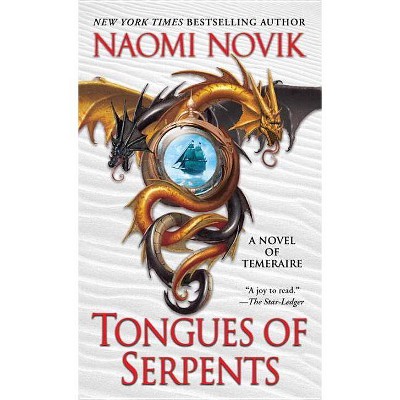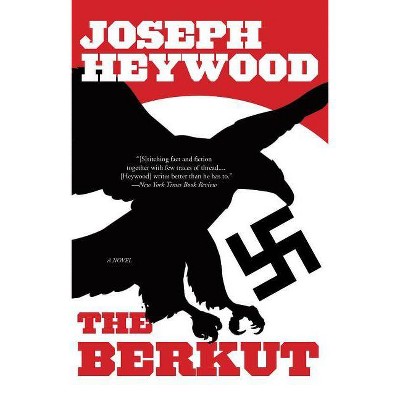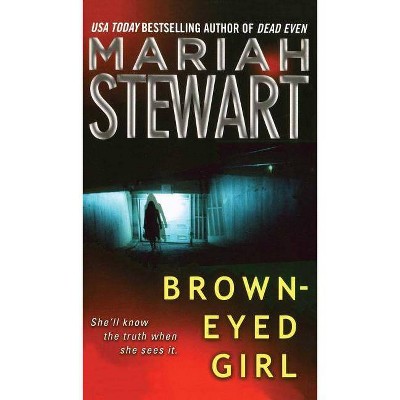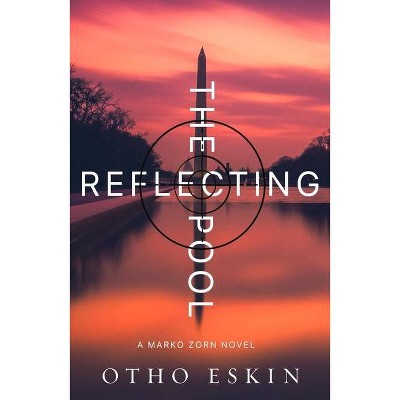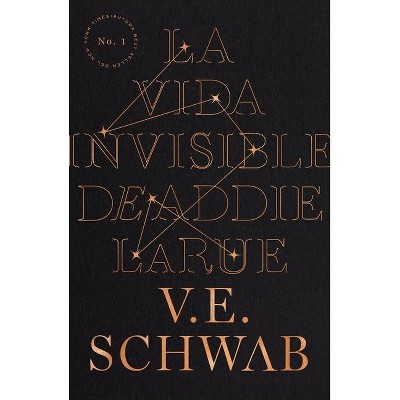Gunnar's Daughter - (Penguin Twentieth Century Classics) by Sigrid Undset (Paperback)
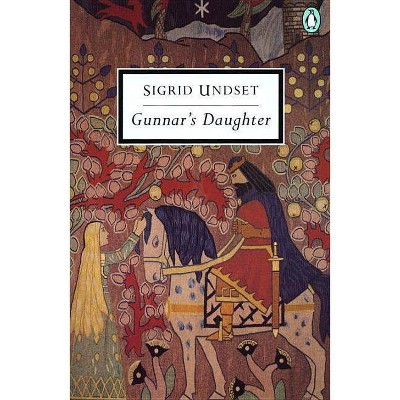
Similar Products
Products of same category from the store
AllProduct info
<p/><br></br><p><b> About the Book </b></p></br></br>Set in Norway and Iceland at the beginning of the 11th century, "Gunnar's Daughter" tells the story of a beautiful, spoiled young woman who, after being raped by the man she had wanted to love, raises the child conceived in violence. Alone she rebuilds her life and restores her family's honor--until an unremitting social code propels her to take the action that again destroys her happiness.<p/><br></br><p><b> Book Synopsis </b></p></br></br><b>The first historical novel by the Nobel Prize-winning author of <i>Kristin Lavransdatter</i> <p/>A Penguin Classic</b> <p/>More than a decade before writing <i>Kristin Lavransdatter</i>, the trilogy about fourteenth-century Norway that won her the Nobel Prize, Sigrid Undset published <i>Gunnar's Daughter</i>, a brief, swiftly moving tale about a more violent period of her country's history, the Saga Age. Set in Norway and Iceland at the beginning of the eleventh century, <i>Gunnar's Daughter</i> is the story of the beautiful, spoiled Vigdis Gunnarsdatter, who is raped by the man she had wanted to love. A woman of courage and intelligence, Vigdis is toughened by adversity. Alone she raises the child conceived in violence, repeatedly defending her autonomy in a world governed by men. Alone she rebuilds her life and restores her family's honor--until an unremitting social code propels her to take the action that again destroys her happiness. <p/> First published in 1909, <i>Gunnar's Daughter</i> was in part a response to the rise of nationalism and Norway's search for a national identity in its Viking past. But unlike most of the Viking-inspired art of its period, <i> Gunnar's Daughter</i> is not a historical romance. It is a skillful conversation between two historical moments about questions as troublesome in Undset's own time--and in ours--as they were in the Saga Age: rape and revenge, civil and domestic violence, troubled marriages, and children made victims of their parents' problems.<p/><br></br><p><b> Review Quotes </b></p></br></br><br><b>By the Winner of the Nobel Prize in Literature<br></b><br>"A better told story of its kind would be difficult to imagine, for Sigrid Undset has retained the directness and concise power of the old Norse and Icelandic sagas. . . . Beautifully told; already so early in her career [Undset] had learned the true meaning of form and proportion, pace and suspense." <b>--<i>The New York Times</i><br></b><br><p/><br></br><p><b> About the Author </b></p></br></br><b>Sigrid Undset</b> (1882-1949) was born in Denmark, the eldest daughter of a Norwegian father and a Danish mother. Two years after her birth, the family moved to Oslo, where her father, a distinguished archaeologist, taught at the university. Her father's interest in the past had a tremendous influence on Undset. She was particularly entranced by the dramatic Old Norse sagas she read as a child, later declaring that her exposure to them marked "the most important turning point in my life." <p/>Undset's first published works--the novel <i>Mrs. Marta Oulie</i> (1907) and a short-story collection, <i>The Happy Age</i> (1908)--were set in contemporary times and achieved both critical and popular success. With her reputation as a writer well-established, Undset had the freedom to explore the world that had first fired her imagination, and in <i>Gunnar's Daughter</i> (1909) she drew upon her knowledge of Norway's history and legends, including the Icelandic Sagas, to recreate medieval life with compelling immediacy. In 1912, Undset married the painter Anders Castus Svarstad and over the next ten years faced the formidable challenge of raising three stepchildren and her own three off-spring with little financial or emotional support from her husband. Eventually, she and her children moved from Oslo to Lillehammer, and her marriage was annulled in 1924, when Undset converted to Catholicism. <p/>Although Undset wrote more modern novels, a collection of essays on feminism, as well as numerous book reviews and newspaper articles, her fascination with the Middle Ages never ebbed, and in 1920 she published <i>The Wreath</i>, the first volume of her most famous work, <i>Kristin Lavransdatter</i>. The next two volumes quickly followed--<i>The Wife</i> in 1921, and <i>The Cross</i> in 1922. The trilogy earned Undset worldwide acclaim, and her second great medieval epic--the four-volume <i>The Master of Hestviken</i> (1925-1927)--confirmed her place as one of the twentieth century's greatest writers. In 1928, at the age of 46, she received the Nobel Prize in Literature, only the third woman to be so honored. <p/>Undset went on to publish more novels--including the autobiographical <i>The Longest Years</i>--and several collections of essays during the 1930s. As the Germans advanced through Norway in 1940, Undset, an outspoken critic of Nazism, fled the country and eventually settled in Brooklyn, New York. She returned to her homeland in 1945, and two years later she was awarded Norway's highest honor for her "distinguished literary work and for service to her country." The years of exile, however, had taken a great toll on her, and she died of a stroke on June 10, 1949.
Price History
Cheapest price in the interval: 14.99 on October 28, 2021
Most expensive price in the interval: 15.99 on February 4, 2022
Price Archive shows prices from various stores, lets you see history and find the cheapest. There is no actual sale on the website. For all support, inquiry and suggestion messagescommunication@pricearchive.us
